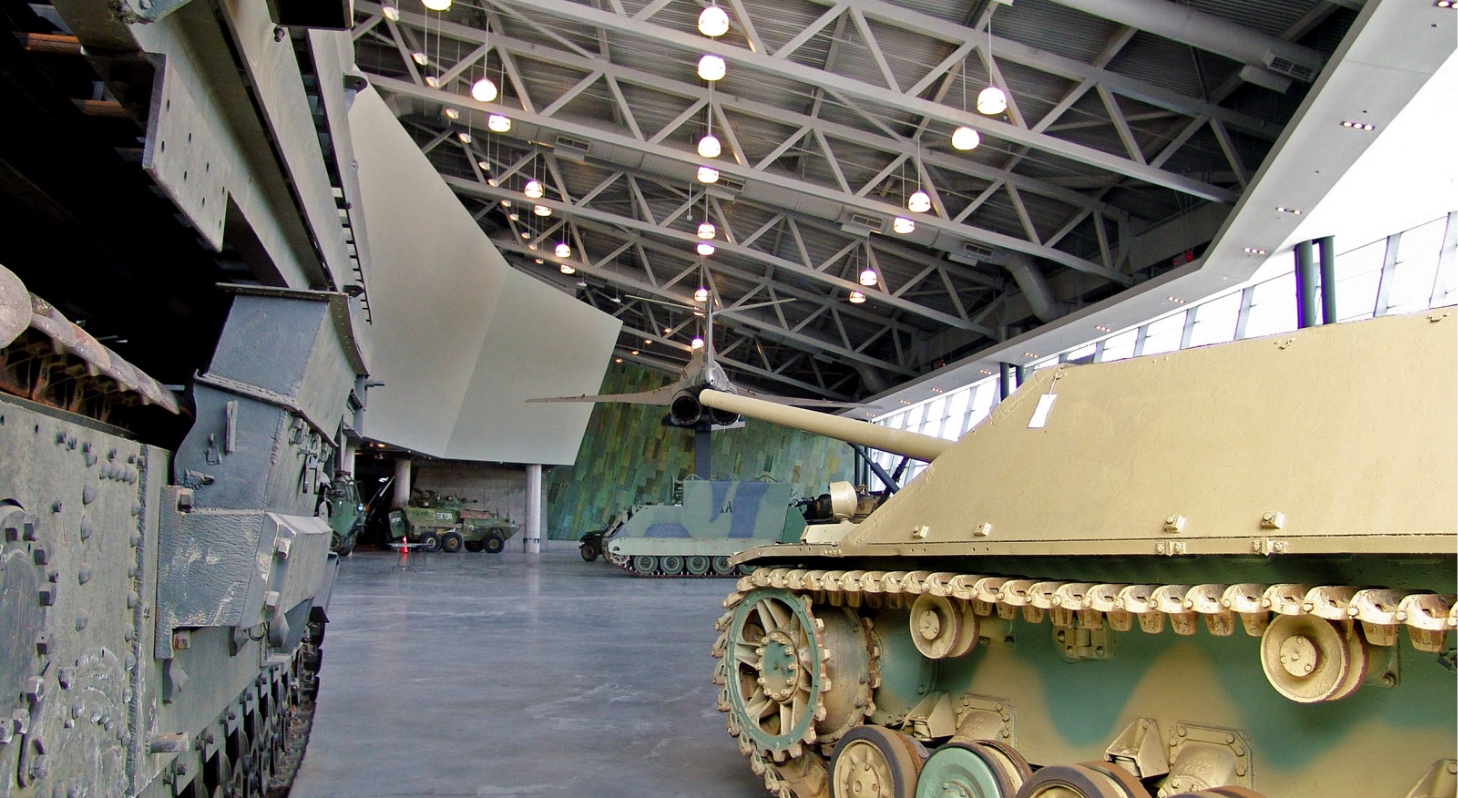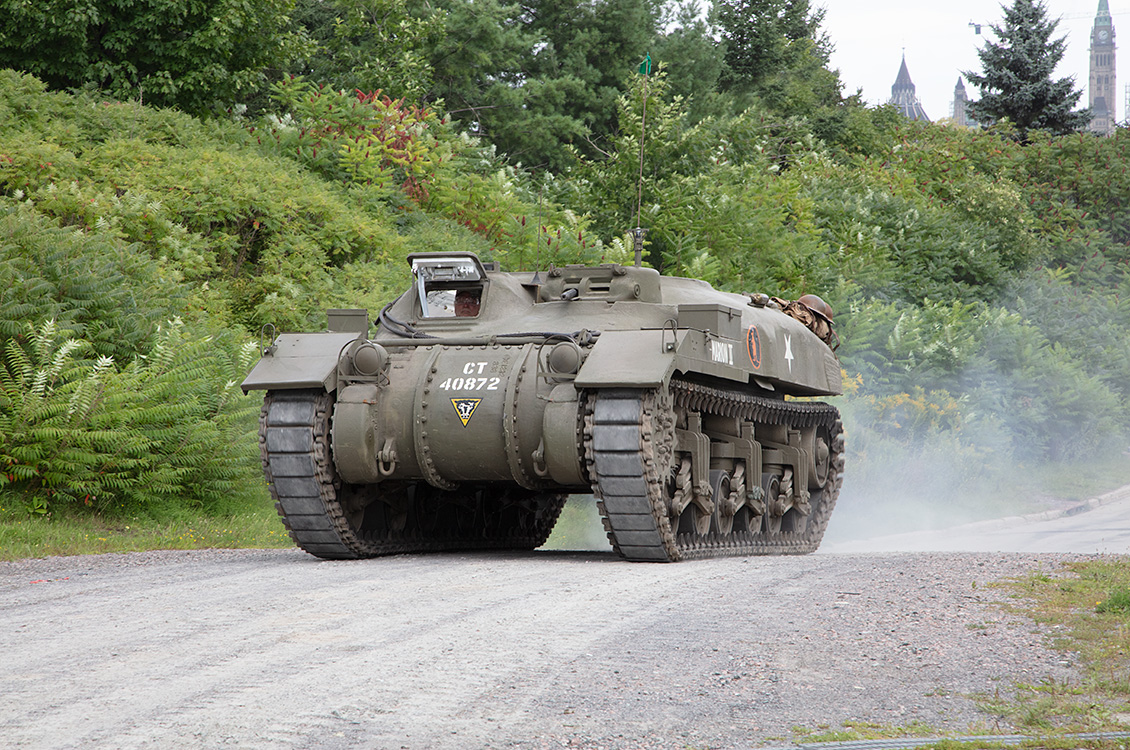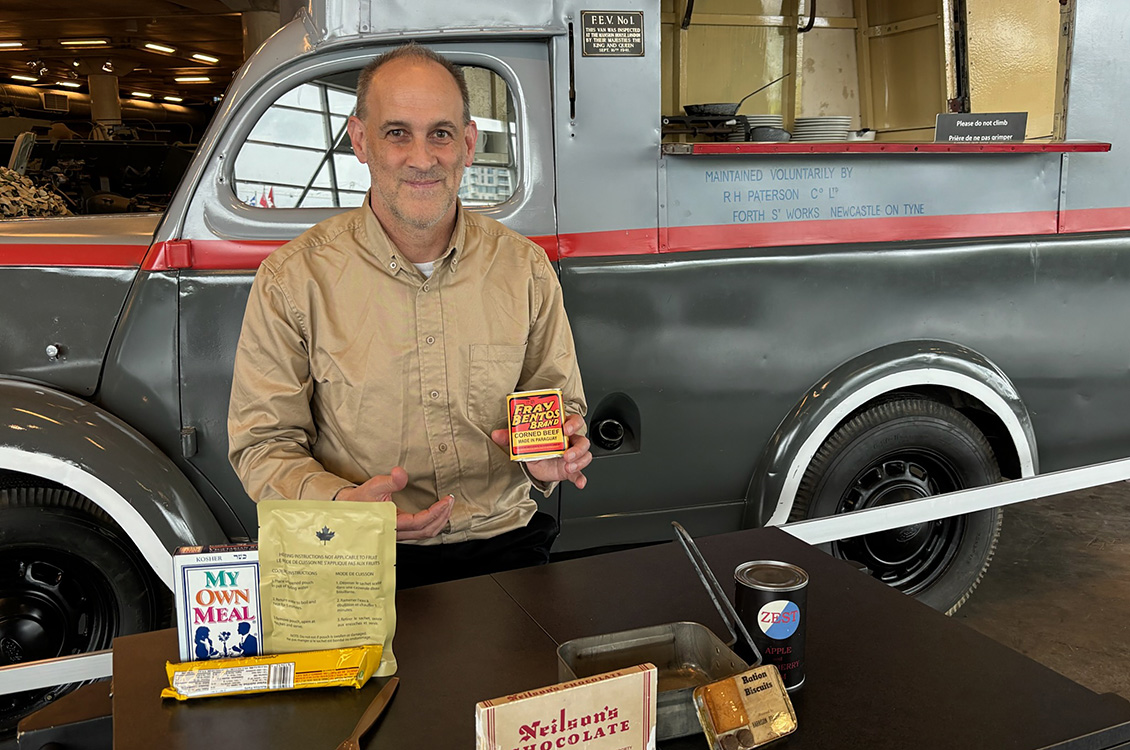Events and programming
July 4–5

Activity
Play and strategy: Family fun all summer!
July 4, 2025
See all timesIncluded with admission

Activity
Play and strategy: Family fun all summer!
July 5, 2025
See all timesIncluded with admission
Exhibitions
Step into history
Find out about the many exhibitions that have been designed to educate, inspire and intrigue you.
Explore what's on view



